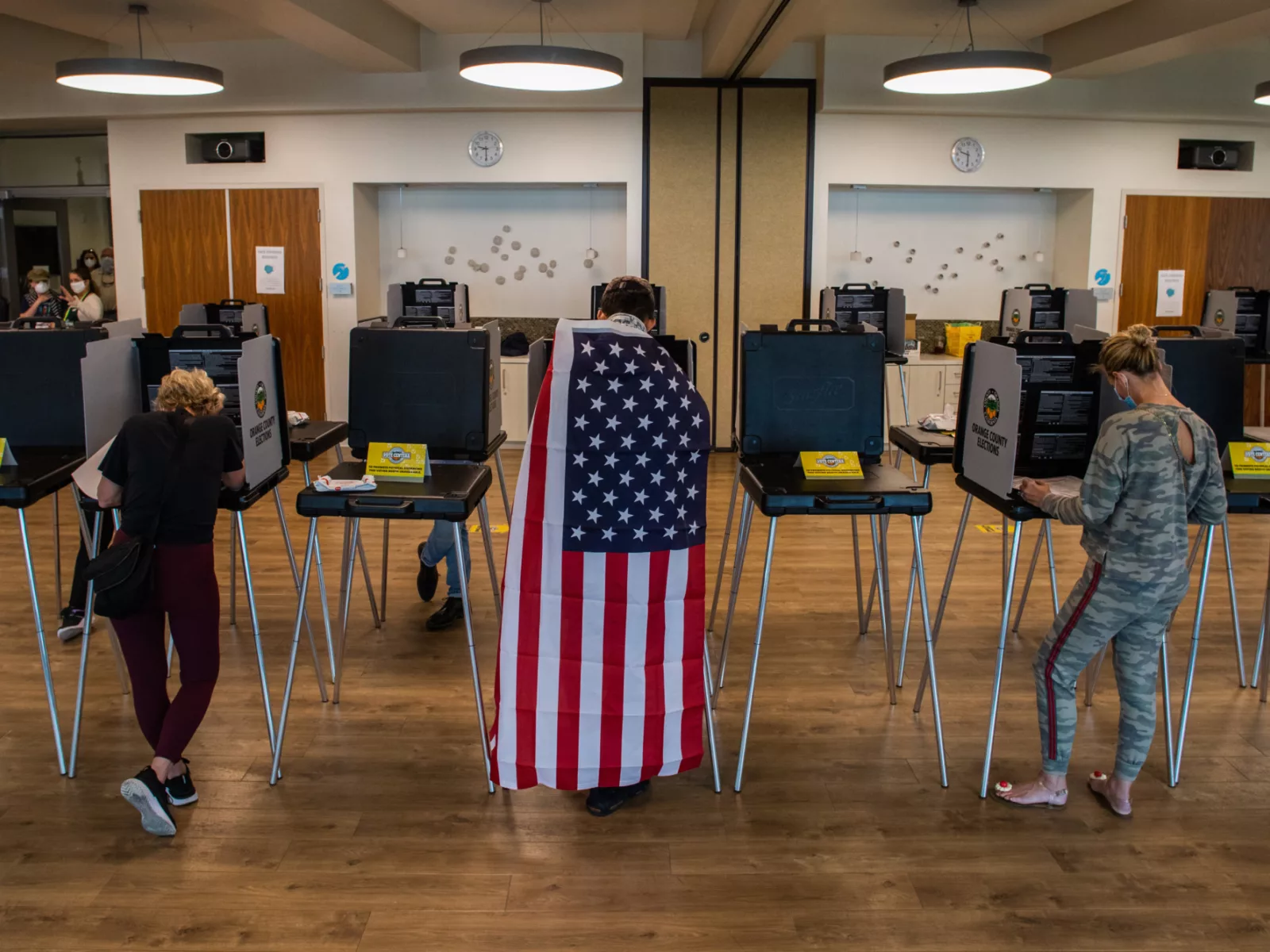While many of us were anxiously following the presidential election, there were myriad down-ballot measures that were equally important to the health of our democracy. Below are a few that we tracked around the use of ranked-choice voting in local elections and state-wide anti-gerrymandering initiatives in Virginia and Missouri.
Ranked Choice Voting
Ranked-choice voting is a system whereby voters literally rank their choices in order of preference, marking candidates as their first, second, and third choice preferences
If a candidate wins a majority of first-preference votes, they are declared the winner. Voting is counted by round, with lowest-ranked candidates eliminated in each round until only two candidates remain. Ranked-choice voting aims to increase electoral fairness through providing more choice for voters and ensuring majority support of candidates.
This election cycle, five cities had ranked-choice voting (RCV) on the ballot. All passed. Below is a quick rundown of where and how RCV will be instituted.
Minnesota
The cities of Bloomington and Minnetonka have approved the use of ranked-choice voting for municipal elections. This vote of confidence could potentially become an opportunity for statewide reform in the future.
Colorado
Boulder became another city that passed a measure for the use ranked-choice voting. The passage of the ballot measure allows voters to elect the mayor directly rather than through the city council. The use of RCV reduces the likelihood of votes being divided among several popular but similar candidates.
California
In Albany, Measure BB passed establishing ranked-choice voting for city council members and the Albany Unified School District Board. In Eureka, Measure C passed allowing ranked-choice voting for the office of mayor and council members.
What Didn’t Make It
Massachusetts did not pass Question 2, which would have implemented ranked-choice voting in primary and general elections for all Massachusetts statewide offices, state legislative offices, and federal congressional offices.
What We’re Still Watching:
In Alaska, Ballot Measure 2 would replace closed partisan primaries with an open primary system and ranked-choice voting general election. We will not know the final results in Alaska until Nov. 10, when absentee and early votes are tabulated.
Redistricting Reform
Redistricting reform is a way to combat gerrymandering, a method used by parties to cement their powers through drawing legislative districts that would all but ensure their party remains in power. When lawmakers draw district lines to entrench one party’s political power, some votes end up counting more than others, skewing elections, often disenfranchising communities of color, and thwarting the will of voters.
This past election anti-gerrymandering measures were on the ballot in Missouri and Virginia.
Virginia
Amendment 1 passed, approving the 2020 Virginia Redistricting Commission Amendment, which would establish a political commission in order to draw the districts of the U.S House of Representatives seats in Virginia, as well as the districts of the Virginia House of Delegates and State Senate. The measure makes history by ending the state’s history of gerrymandering voting districts.
Missouri
Missouri’s Amendment 3 was passed, rolling back reforms, preserving the status quo, and enabling the party in power to gerrymander voting districts.













